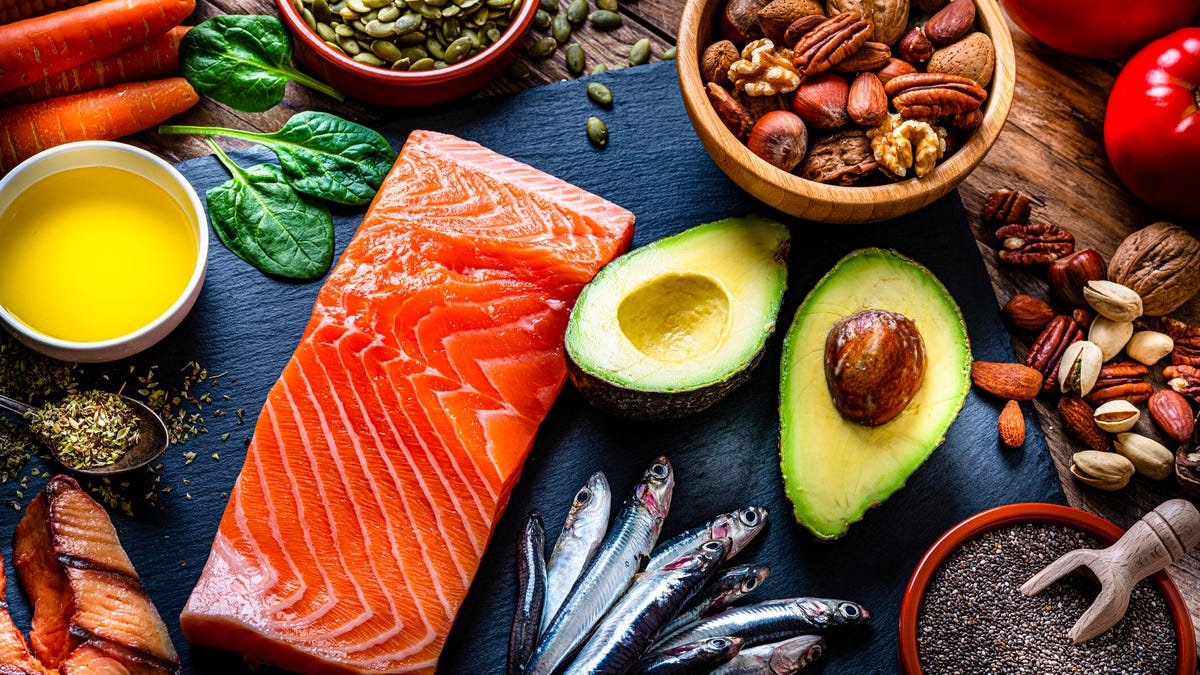So, is it still all about “You are what you eat?”
Well, it depends if you’re practicing heart-healthy eating habits, according to the American Heart Association’s “2021 Dietary Guidance to Improve Cardiovascular Health.” The 10-point guide released Tuesday suggests that, yes, the benefits of eating healthy reduce the risk of heart disease and even death.
But, in a bit of an about-face, the organization also stresses in a statement the “importance of looking at the total dietary pattern” to maintain a healthy heart, rather than what’s considered “good” or “bad” foods and drinks.
“The emphasis is on dietary patterns, not specific foods or nutrients,” said Alice Lichtenstein, director of the Cardiovascular Nutrition Laboratory at Tufts University in Boston and chair of the AHA’s scientific statement writing group. “And it’s not just about what people shouldn’t be eating.
“The focus is really on what people should be eating, so they can customize it to their personal preferences and lifestyles,” Lichtenstein added.
The guide, published in the AHA journal Circulation, comes some 15 years since the last time the AHA published a statement offering dietary guidance. While Americans eating habits have drastically changed since then, the features include the obvious of balancing eating along with proper exercise, eating grains, lowering your sodium, sugar and alcohol intake.
Living right, eating right: 27 healthy eating habits that can change your life
The research shows: A color-coded system could help people make healthier choices at food pantries, study shows
But the AHA also takes into consideration cultural differences and societal challenges that might make it harder to maintain heart-healthy eating habits. This would include food and nutrition as an estimated 37 million Americans had limited or unstable access to safe and nutritious foods in 2020, and targeted marketing of unhealthy foods in underserved communities, the organization said.
The AHA suggests policy changes and public health measures to address the challenges, including recommending an early introduction of healthy food and nutrition education at all school levels.
Additionally, the AHA even recognizes that there are healthier options other than cooking and eating meals at home as Americans frequently eat at restaurants, grab takeout, dine via online meal delivery kits and buy prepared foods at supermarkets.
“The goal is to make sure all of those calories count, and that you’re consuming nutrient-dense foods,” said Maya Vadiveloo, an assistant professor in nutrition and food sciences at the University of Rhode Island, who’s also a part of the writing group.
Lichtenstein said Americans can “absolutely” adopt a heart-healthy diet due to different lifestyles as even though might take a little planning, it can become a routine habit.
“We can all benefit from a heart-healthy dietary pattern regardless of stage of life, and it is possible to design one that is consistent with personal preferences, lifestyles and cultural customs,” Lichtenstein said. “It does not need to be complicated, time-consuming, expensive, or unappealing…
“What’s really important is the balance of everything together that has the biggest impact on cardiovascular health.”
Here is the full list of features:
-
Balance food and calorie intake with physical activity to maintain a healthy weight.
-
Choose a wide variety and eat plenty of fruits and vegetables to get a full range of nutrients from food rather than supplements;
-
Choose whole grains and other foods made up mostly of whole grains;
-
Include healthy sources of lean and/or high-fiber protein such as plant proteins (nuts and legumes), fish or seafood, low fat or non-fat dairy, lean cuts of meat and limit red and processed meats;
-
Use liquid non-tropical plant oils such as olive or sunflower oils;
-
Choose minimally processed foods rather than ultra-processed foods as much as possible;
-
Minimize intake of beverages and foods with added sugars;
-
Choose or prepare foods with little or no salt;
-
Limit alcohol consumption; if you don’t drink, do not start;
-
Apply this guidance no matter where food is prepared or consumed.
This article originally appeared on USA TODAY: Experts: A right balance can help form heart-healthy eating habits











